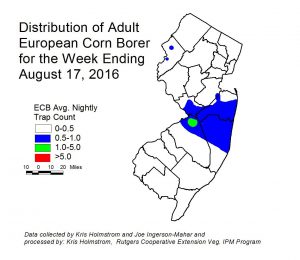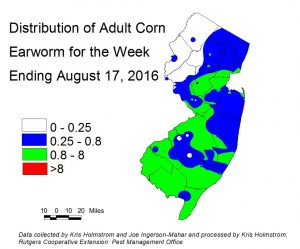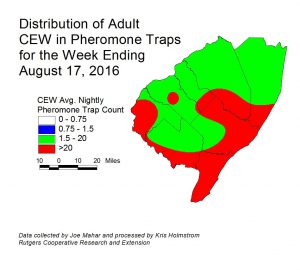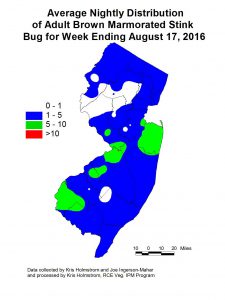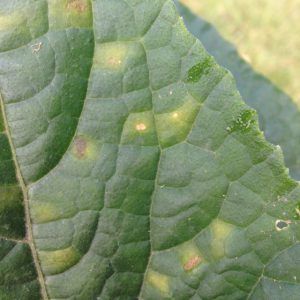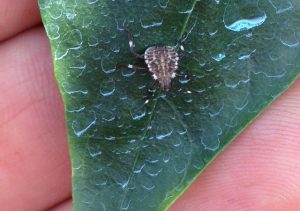Peach:
Oriental Fruit Moth (OFM): Trap counts still show captures above the treatment threshold of 6/trap. Treatments are needed anywhere trap counts exceed 6 males per trap, even at this late stage of the season on any variety that is at least 7-10 days away from harvest. [Read more…]
